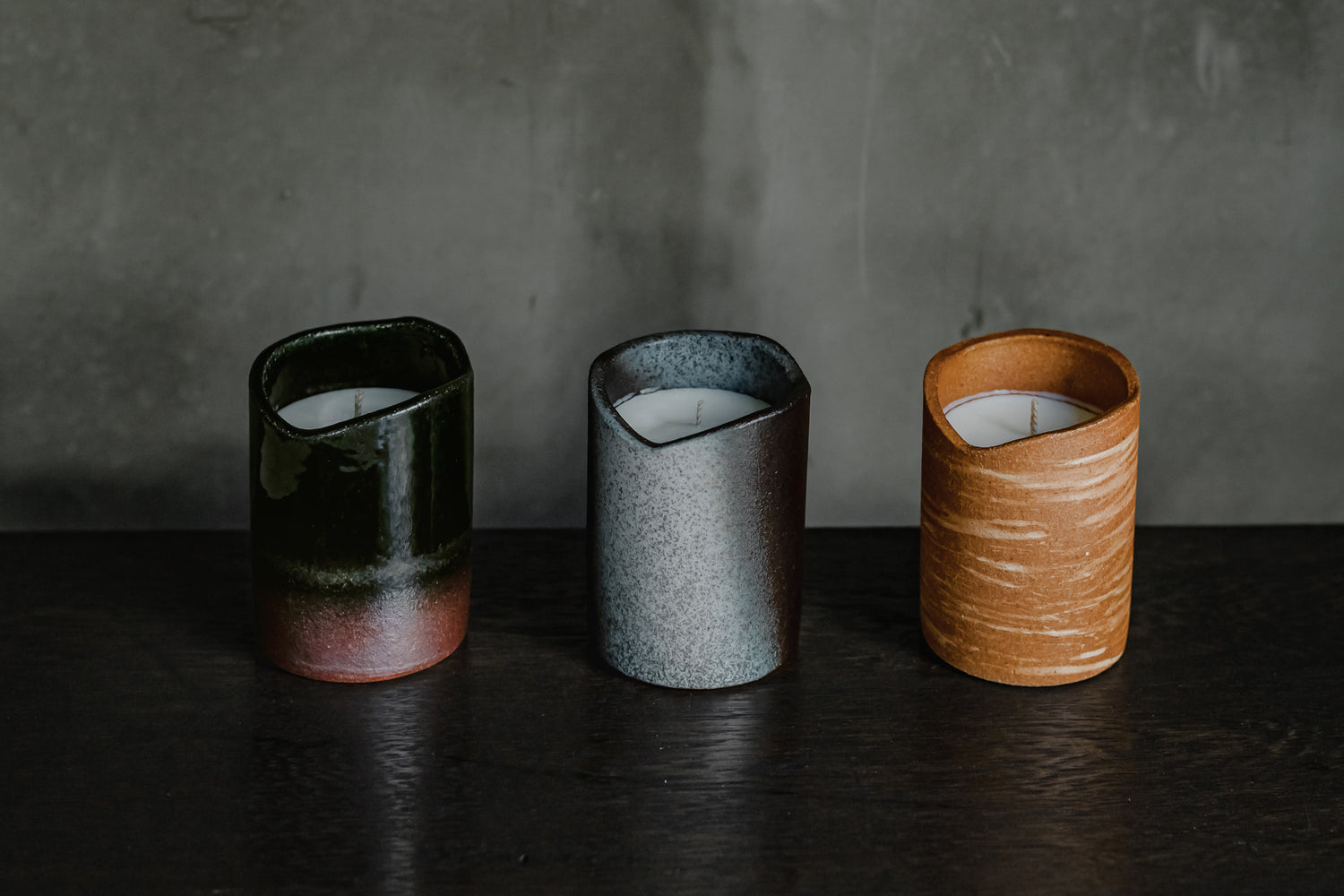Last time, we talked about how the author of Hojoki, Kamo no Chomei, lived in a difficult world and experienced hardships.
Learned from his experiences of repeated natural disasters and his own misfortunes at the end of the Heian period, Chomei realized the impermanence of people and their homes, and tried to understand what the ideal way of life would be.
This time, we will talk more about the contents of this work.
The most famous passage in this essay is probably the beginning. Some of you may have heard of it, as it is featured in high school textbooks.
“The flow of a flowing river is constant, yet the water never returns to its original state. Songs that float in stagnant waters disappear and connect, and there are no examples of them remaining for a long time. And so it goes like this again.”
River water always flows and never returns (to the same place). Bubbles floating on the water surface disappear on the one hand and appear on the other hand, but they never remain. The same goes for people and homes in the world; they do not remain in the world.
It is a beautiful and emotional expression that compares the impermanence of the world to bubbles floating on the surface of water. It captures the main idea of the text as a whole and draws the reader into the text.
The first half depicts the city being devastated by the numerous natural disasters that Chomei experienced during his youth.
For example, in the depiction of the Great Fire of Yasumoto (1177),
“In the midst of all the redness, the flames are blown out by the wind, passing through the twelve towns as if flying…like the Seven Treasures, they are burning ashes. Jinjin) next door”
The powerful way the words are used creates a terrifying image of the city of Kyoto being destroyed by a huge fire.
From then on, with a sharp eye, he continues to depict people losing their lives due to famine and the damage caused by major earthquakes.
As Nagaaki experiences many disasters, he becomes acutely aware of the impermanence of human life and livelihood. This sentiment can be seen in the following sentences.
“In the midst of human behavior and foolishness, even if you are building a house in Kyoto, you should not waste your treasure or worry about your heart.”
(Translation: Everything that humans do is foolish, but it is especially pointless to build a house in such dangerous Kyoto, spend your money and worry about it.)
These experiences led to a major change in Nagamei's sense of value regarding ``houses''.
In the second half of the story, the commitment to the ``home'' becomes more apparent.
At the age of 30, he first established a hermitage (built a small house), and at the age of 50 he entered a hermit life (living away from the world), especially in Mt. Hino (present-day Fushimi Ward, Kyoto City). The situation is very interesting.
In a very small house (3m square, ceiling height 2m), we place a shelf with Buddhist utensils and display statues of Amitabha Tathagata and Fugen Bodhisattva (a Buddha who saves all people in this world with his great wisdom). . Other than that, they lived a minimalist lifestyle, arranging books on Japanese poetry and music, instruments such as the koto and biwa, and finally preparing a bed.
One of my personal favorite passages in the second half is one that expresses the beauty of the four seasons around the house.
``In spring, I look at Fujinami. Like a purple cloud, it smells in the west…”
(In spring, you can see wisteria flowers swaying like waves. They bloom beautifully in the west, resembling the purple clouds of Midarai.)
This is an impressive passage that conveys Chomei's Buddhist and artistic sensibilities.
As we approach the end of the story, we can see Nagaaki looking at himself objectively.
And so, he ends by writing, ``On the other hand, I say ``Amitabha Buddha without request, repeating the two three times, and then ceasing.'' (Translation: At this point, with my unclean tongue, I could no longer perform the ritual of welcoming Amida Tathagata, but simply said a few nenbutsu words. That was it.)
What kind of awareness does this Hojoki give us today?
First of all, it conveys the impermanence that not everything in this world will last forever, and the limits of seeking material wealth. This is the same today as it was 800 years ago.
Today, the speed of social progress and change is tremendous, and I feel that the measures of individual wealth are becoming even more diverse. Nagamei describes the fulfillment of taking a step back from such social trends, finding something that essentially enriches one's soul, and creating an environment for oneself to freely enjoy what one has found. I feel like I can learn from their appearance.
It doesn't have to be something completely established, but it teaches us the importance of creating your own form even if you are unsure.

